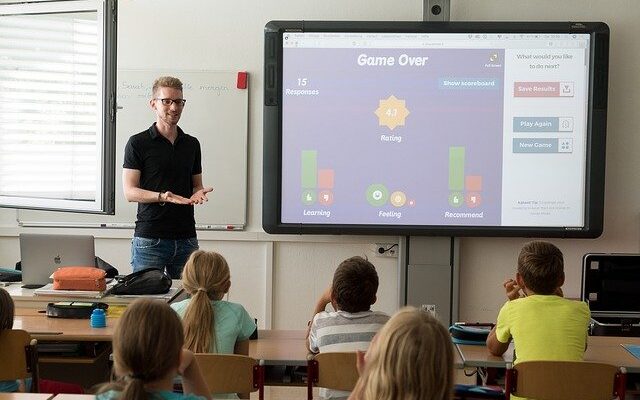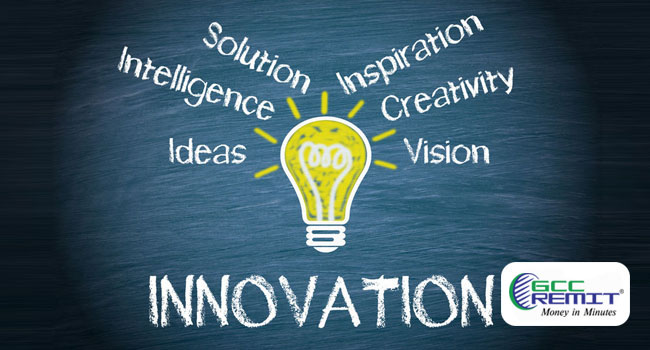Modern Technologies in Classroom Teaching

Education is going online. During the recent pandemic, when most places are closed and moving out is a problem, incorporating technologies in educational institutions has a significant role in continuous learning. And now, most schools, colleges, and other academic institutions are also introducing new technological innovations in classroom teaching.
Educational technology refers to various technologies in educational contexts, such as in elementary and secondary schools, colleges and universities, other academic institutions, corporate training sites, and home study.
Although many individuals prefer conventional teaching techniques, technology’s possibilities when introduced into the classroom are diverse and limitless. For one thing for sure, education has become much more accessible, with a broader range of learning styles and degree alternatives. Even if you are not into academics, neither a student nor a teacher, you should be aware of the significance of technology in education.
Some of the technologies effective in classroom teaching:
Projectors: Projectors are a simple way to introduce technology to students in the classroom. The teacher can also use the projector to show PowerPoint presentations to the students. Students can also monitor their teachers while they visit educational websites.
Smartboards: SMART Technologies paves the path for computer-assisted classroom interaction between students and teachers. SMARTboards are an excellent method to keep students engaged in class. SMARTboard is an interactive whiteboard that enables a teacher to project an image from the computer to the front of the classroom. The teacher can then digitally sketch on that image, which is incredible. In SMARTboards, graphs and tables are available as templates. Saving lessons on SMARTboards and enhancing digital templates from simple templates is effective for customized learning.
Classroom PCs: Students can research and explore references, study materials, journals, and many others using classroom PCs. PCs are more efficient at storing a student’s work than folders. When every student has access to the Internet on their own time using a personal computer, bulky encyclopedias and dictionaries are no longer essential. A paperless environment can be both structured and environmentally sustainable in the classroom.
Wi-fi network connectivity: Networking connects several classroom devices to enable resource sharing.
Using laptops, tablets, or other devices, educators and students may stay connected in the classroom.
Advances in technology and its effectiveness have made using technology in classroom activities, such as supporting group learning and flipped schooling. In flipped schooling, short video lectures are available for the students at home before attending a classroom session, making them aware of the gist of the lesson for better understanding.
It is more academically beneficial if all teachers use technology simultaneously. Teacher training on the new technology is required to bridge the gap of the interactive session. It is insufficient for a student to acquire an interactive education in a few subjects while receiving obsolete instructional methodologies in the rest. The most effective and exciting way to reach a student and improve their learning capacity is explicit, interactive education. Technological advancements can further enhance the potential of educational learning in classrooms.










